Military History of British India: 1607-1947
In stock
The growth of British military and political power in India has perhaps no parallel in history. Arriving by sea as traders, the Britishers penetrated in the political arena through their institutionalised military forces. Starting from the first ship Hector under Captain William Hawkins which touched Surat in 1607, almost all the English ships which followed were in reality of the type of battleships and brought cannon and other warlike stores supplied by the British board of ordnance for their security en route and protection of their factories in India. British rule in India has been essentially a military rule. Naval power founded the British Empire in India, army power developed and consolidated it. Giving evidence before the Parliamentary Select Committee (1832) Major General Sir John Malcolm said : "The (Indian) Empire has been acquired and must be maintained by the sword. The military plans for the government of our eastern empire must ever be entitled to primary consideration. The local army of India, but above all, the native branch should always be preserved in a condition of efficiency and attachment. Our means of preserving and improving our possessions through the operation of our civil institutions depend on our wise and politic exercise of that military power on which the whole fabric rests". What was this military fabric, evolved by the Britishers and inherited by free India, is detailed, in its various aspects in the following pages.



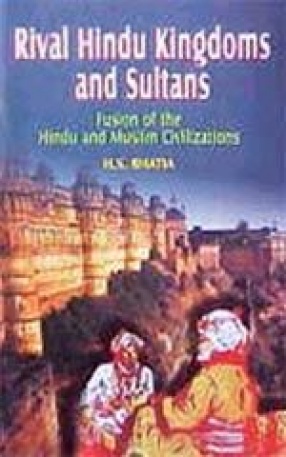
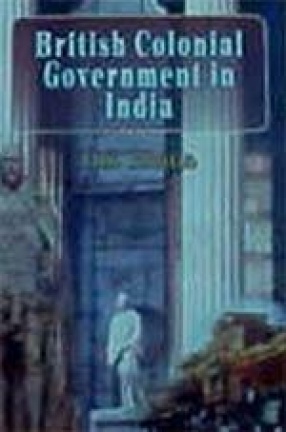
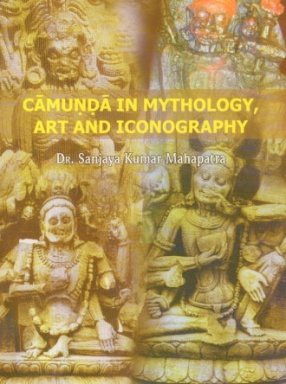
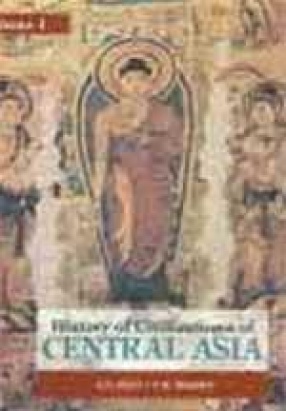
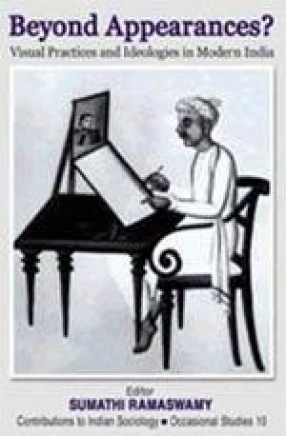
There are no reviews yet.